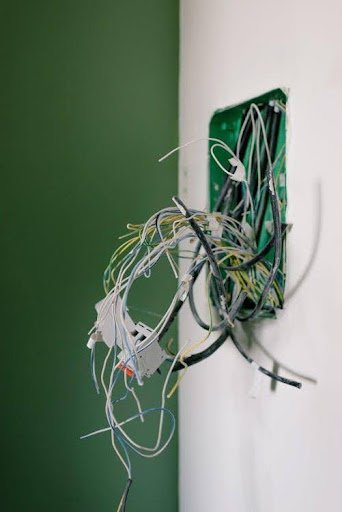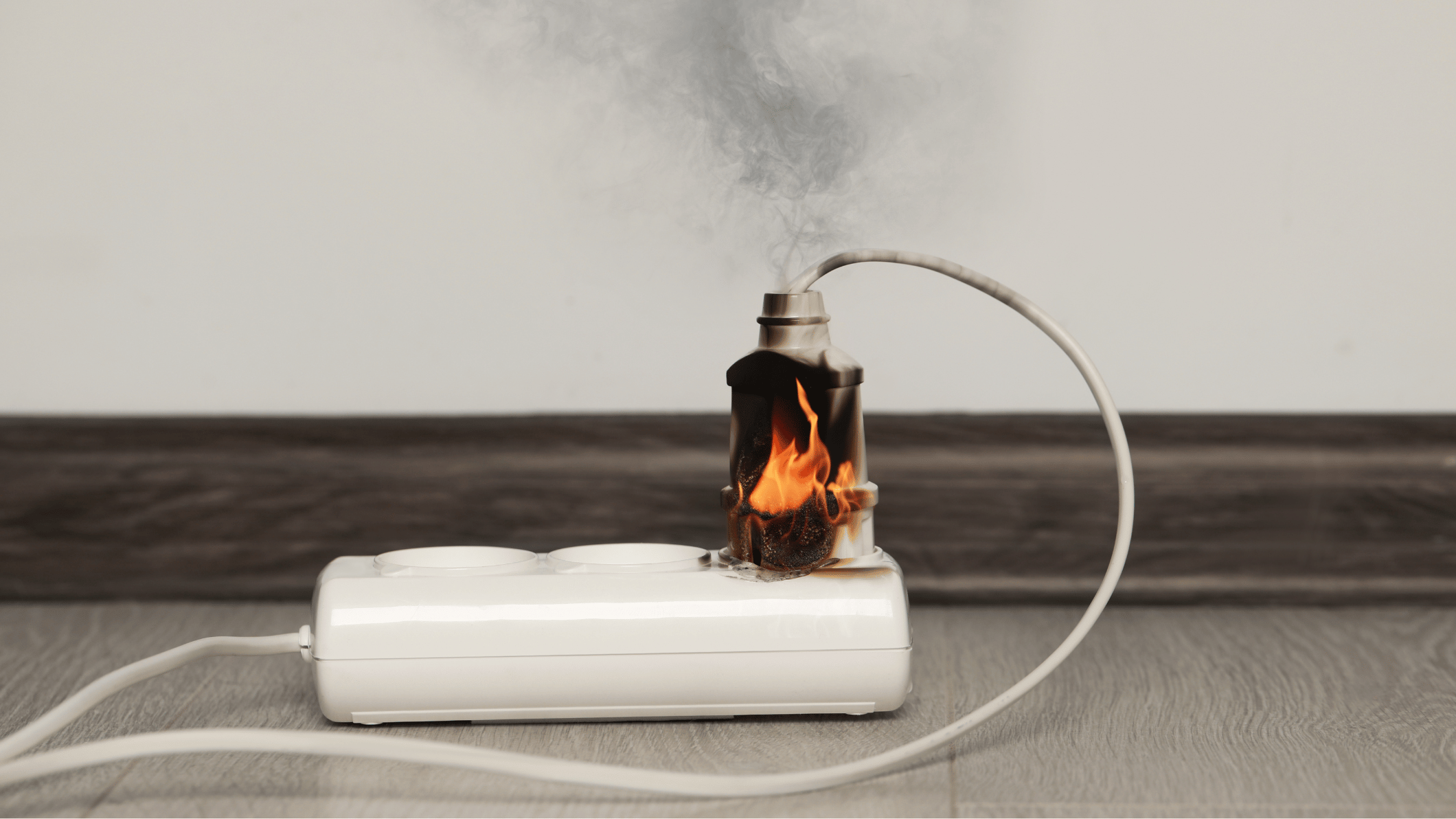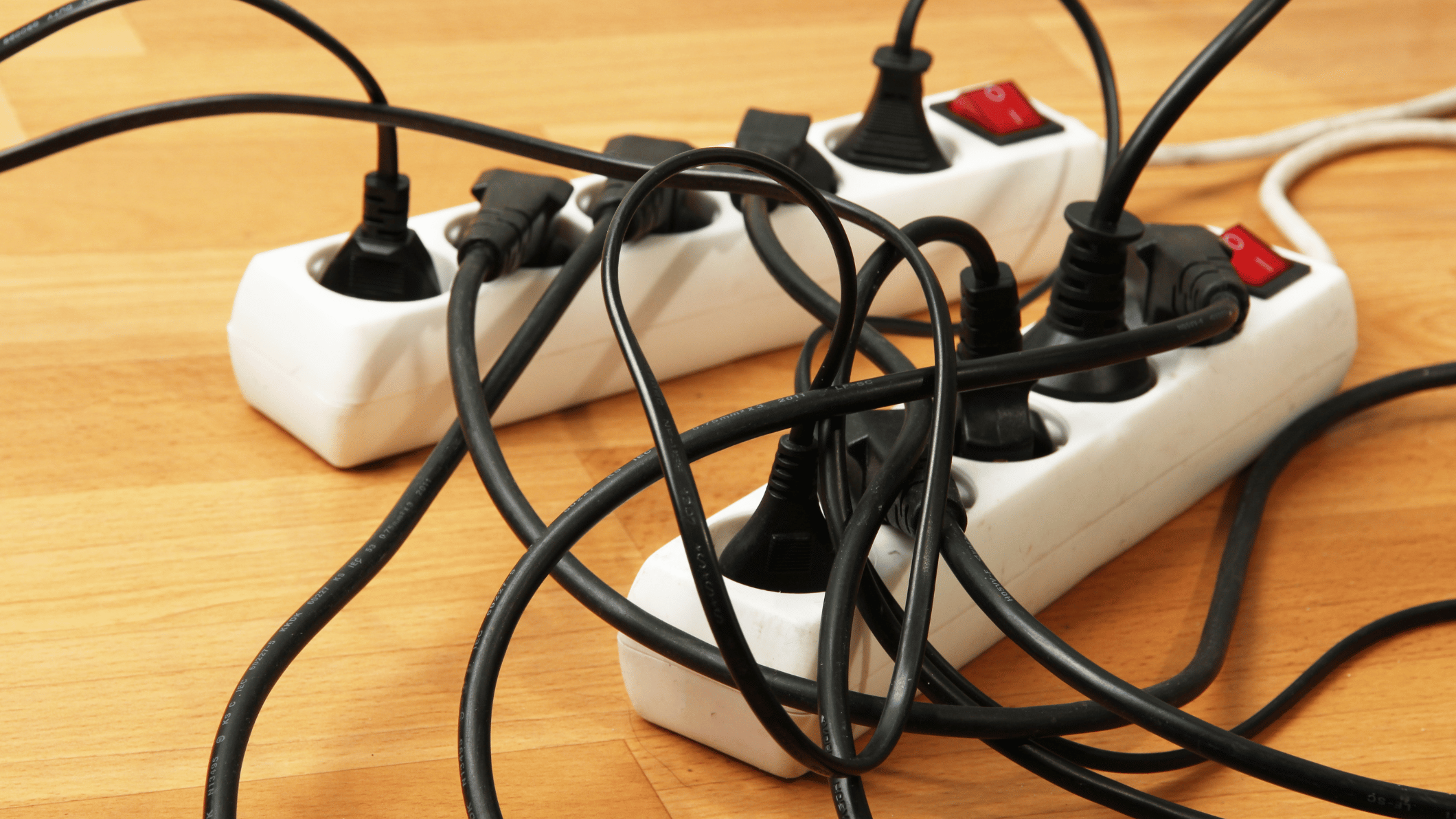What is an Electrical Emergency, and How to Manage It?
Introduction
Electricity is an integral part of our daily lives, as it powers our homes and technology. However, it can also pose serious risks if not handled properly. An electrical emergency can occur due to any risk of electrocution, fire, or injuries from electrical failures. Therefore, it's crucial to seek professional help immediately for safety.
It's essential for individuals and organisations to understand the importance of electrical safety. This guide provides a comprehensive overview of electrical emergencies, including their common causes, proactive prevention measures, and effective responses to critical situations. Let's dive in and get started.
The Importance of Electrical Safety Identifying Electrical Emergencies
Electrical safety is an urgent matter that deserves significant attention. People face potential risks of harm or even death due to electrical hazards on a daily basis. Therefore, we must prioritise electrical safety in all aspects of life, whether it's installing electrical systems or operating machinery.
Neglecting electrical safety protocols in workplaces or homes can lead to disastrous outcomes. These hazards can cause severe injuries and loss of life, as well as financial burdens such as property damage and decreased productivity. Prioritising electrical safety is not only crucial to physical well-being but also an essential aspect of safeguarding financial stability and operational continuity.
However, recognising the signs of an electrical emergency is essential for prompt intervention. Being aware of signs such as power outages, sparks, and unusual odours can prevent further damage or injury.
What You Need to Know: Common Causes of Electrical Emergencies Proactive Prevention
Being aware of the contributing factors is key to preventing electrical hazards. Here is a breakdown of the most common causes to stay vigilant about:
Insufficient Insulation
Insulation can degrade from wear and tear, rodent damage, or moisture exposure. This exposes wires, increasing the risk of electric shock or short circuits.
Circuit Breaker Failure
A circuit breaker that fails to trip during an overload loses its protective function, increasing the risk of electrical hazards.
Damaged Electrical Appliances
Loose connections, frayed wires, or cracked insulation in electrical appliances can cause malfunctions and pose hazards.
Improper Use of Extension Cords
Practices like daisy chaining multiple extension cords or overloading them beyond their capacity can cause overheating and ignite electrical fires.
Inadequate Maintenance
Regular electrical system inspections, proper attention to warning signs, and adherence to safety procedures are crucial to prevent electrical hazards from escalating over time.
Steps to Avoid Electrical Hazards Immediate Actions
It's crucial to take immediate action to mitigate electrical hazards to prevent injuries and ensure safety. Following these steps can help you minimise damage and keep yourself and others safe in emergencies:
Unplug Appliances
In case of a power outage or an electrical storm, immediately unplug appliances and electronic devices to prevent damage from power surges when the power is restored.
Shut Off Power
If you notice sparks, smoke, or burning smells emanating from electrical outlets or appliances, it is vital to immediately cut off the power supply to the affected area at the circuit breaker or fuse box. This will prevent further damage or potential fires.
Evacuate Safely
If a severe electrical emergency occurs, such as a fire or electrical shock, evacuate the area immediately and alert others to do the same. Move to a safe location away from the hazard.
Use Fire Extinguishers
If an electrical fire occurs, use a Class C fire extinguisher specifically designed to combat electrical fires. Never attempt to extinguish an electrical fire with water, as it can conduct electricity and worsen the situation.
Administer First Aid
If someone experiences an electrical shock, it's important to assess the situation carefully before attempting to assist them. If the person is still in contact with the electrical source, do not touch them directly, as you could also be shocked. Instead, try to turn off the power source if possible.
If turning off the power isn't an option, use a non-conductive object like a wooden stick or a dry towel to separate the person from the source of electricity. After ensuring the person is no longer in contact with the electrical source, seek medical attention immediately.
What Should You Do in an Electrical Emergency?
In the event of an electrical emergency, the first step is to assess the situation and note any signs of severity, such as sparks or smoke. Always prioritise safety, and evacuate the area immediately if necessary. Call emergency services by dialling 000 and follow established emergency protocols, including evacuation procedures.
To prevent further hazards, safely shut off power at the circuit breaker. It's recommended to seek help from a qualified electrician to handle severe issues if you're unsure. Remember to document any damage or injuries for insurance or reference purposes. Avoid DIY repairs, as they can be dangerous. Once the immediate situation is addressed, arrange for a professional inspection of your electrical systems to prevent future issues.
Here at AJD Electrical Solutions, we have developed an acronym to help you stay safe during an electrical emergency.
S.E.C.U.R.E.D.
Survey: Assess the situation for immediate dangers like sparks or smoke.
Evacuate: Ensure safety and evacuate if necessary.
Cut Power: Shut off the power at the circuit breaker.
Utility Help: Contact a qualified electrician for professional assistance.
Regulations: Follow emergency protocols set by your organisation or community.
Evidence: Document the incident for future reference and insurance claims.
Diagnosis: Follow up with a thorough inspection to prevent future emergencies.
Conclusion
In case of an electrical emergency, it is essential to know whom to call and when to call them to ensure a speedy and efficient response. Whether it's a power outage, sparking outlet, or electrical fire, safety should always be the top priority.
Seeking professional assistance when required is crucial. Remember to remain calm, evaluate the situation, and take appropriate measures to safeguard yourself and others from harm.
Key Takeaways
Always prioritise safety during an electrical emergency by evacuating the area if necessary and following established protocols.
Contact a qualified electrician or emergency services if the situation is beyond your ability to handle safely.
Record the incident and follow up with a thorough inspection of your electrical systems to address any underlying issues.
Contact a professional electrician today for expert advice, installation, and maintenance services. By working together and fostering a culture of electrical safety, we can prevent accidents and protect lives. Let's take action today to ensure a safer tomorrow for everyone.




